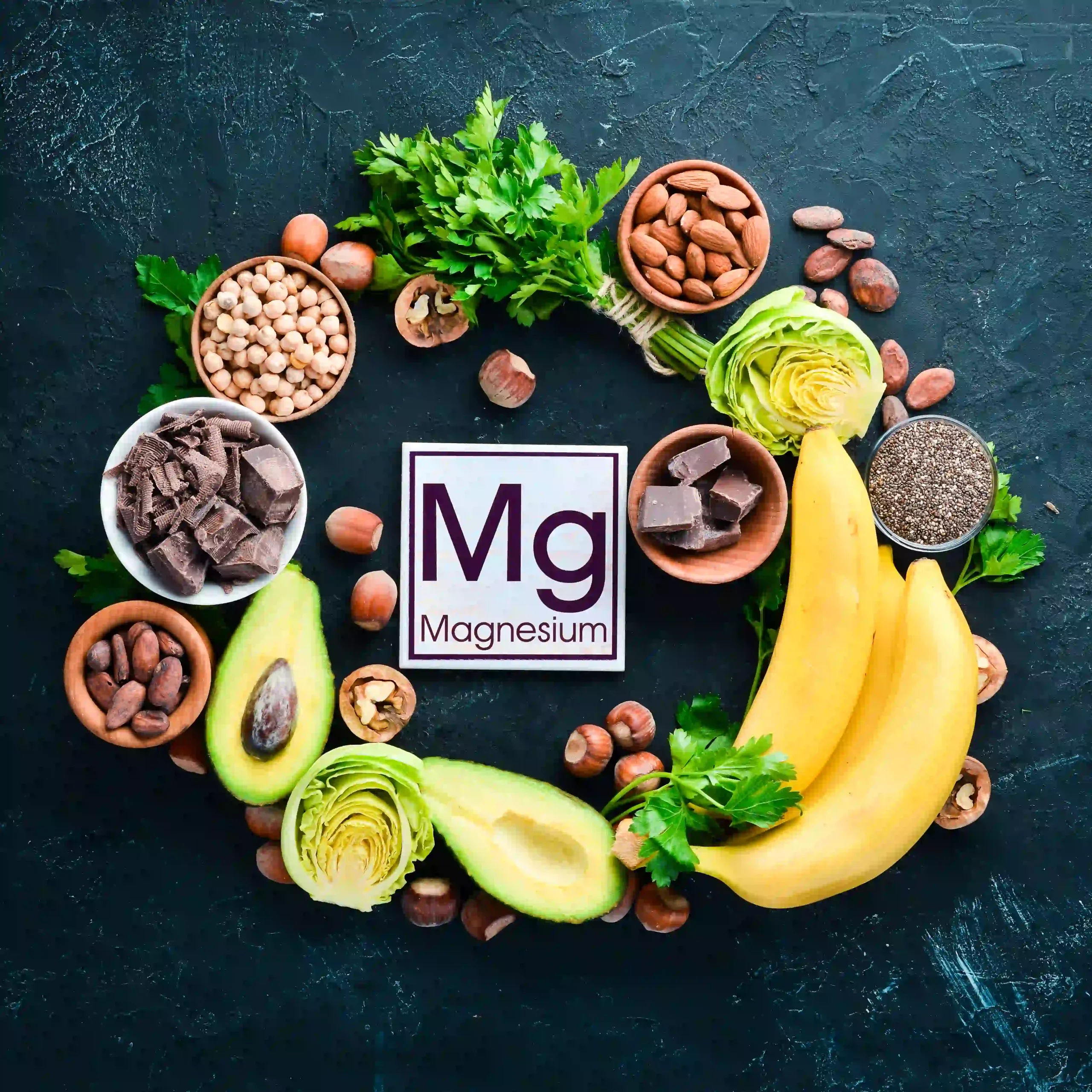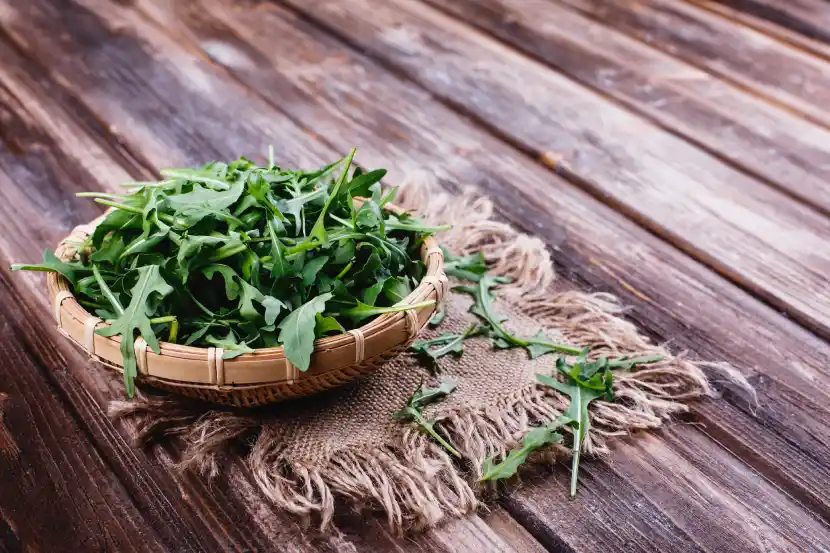Exploring the Anti-Inflammatory Effects of Quercus robur and Six Other Plant Extracts
Inflammation is a critical immune response that plays a dual role in health and disease. While acute inflammation is essential for healing and defense, chronic inflammation is a key driver of numerous chronic and autoimmune conditions. Targeting inflammation has become a focal point in preventive and therapeutic strategies. This article delves into the anti-inflammatory properties of seven plant extracts, with a particular emphasis on Quercus robur L. (Oak), which has demonstrated remarkable efficacy in modulating inflammatory pathways.
The Role of Inflammation in Chronic Diseases
Chronic inflammation is implicated in a wide range of diseases, including cardiovascular disorders, diabetes, arthritis, and neurodegenerative conditions. Key pathways involved in inflammation include the secretion of pro-inflammatory cytokines, activation of NFκB, production of reactive oxygen species (ROS), inflammasome activation, and arachidonic acid metabolism. Addressing these pathways through natural anti-inflammatory agents offers a promising approach to managing inflammation-related diseases.
Traditional Use of Plant Extracts in Inflammation Management
Historically, plant-based remedies have been utilized for their anti-inflammatory properties. However, the scientific validation of their mechanisms of action remains limited. This study evaluates the effects of seven plant extracts:
- Quercus robur L. (Oak)
- Plantago lanceolata L. (Narrowleaf Plantain)
- Plantago major L. (Broadleaf Plantain)
- Helichrysum stoechas L. (Immortelle or Helichrysum)
- Leontopodium nivale alpinum Cass. (Edelweiss)
- Medicago sativa L. (Alfalfa)
- Capsella bursa-pastoris Moench (Shepherd’s Purse)
Key Findings: Anti-Inflammatory Effects of Plant Extracts
All seven plant extracts significantly reduced ROS production, a key contributor to oxidative stress and inflammation. However, their impact on cytokine production varied. Among the extracts, Quercus robur emerged as the most potent, demonstrating broad-spectrum anti-inflammatory activity.
Quercus robur: A Standout Performer
Quercus robur extract exhibited the following effects:
– Reduction in Cytokine Secretion: Decreased levels of IFNγ, IL-17a, IL-12, IL-2, IL-1β, and IL-23 in stimulated human leukocytes.
– Modulation of Macrophage Activity: Reduced expression of TNFα, IL-6, IL-8, IL-1β, and CXCL10 in M1-like macrophages.
– Inhibition of Inflammatory Pathways: Significant reduction in PGE2 secretion, COX2 expression, NLRP3 inflammasome activation, caspase-1 activity, and STAT3 expression.
– Suppression of NFκB Activation: Decreased phosphorylation of NFκB p65, a central regulator of inflammation.
These findings underscore the potential of Quercus robur as a natural anti-inflammatory agent, capable of addressing multiple inflammatory pathways simultaneously.
Comparative Analysis of Other Plant Extracts
While Quercus robur showed the highest efficacy, the other plant extracts also demonstrated notable anti-inflammatory properties:
– Plantago lanceolata and Plantago major: Effective in reducing ROS but showed variable effects on cytokine production.
– Helichrysum stoechas: Exhibited moderate anti-inflammatory activity, particularly in ROS reduction.
– Leontopodium nivale alpinum: Demonstrated potential in modulating cytokine secretion.
– Medicago sativa and Capsella bursa-pastoris: Showed mild to moderate effects on inflammatory markers.
Implications for Health and Wellness
The anti-inflammatory properties of these plant extracts, particularly Quercus robur, hold significant promise for the development of natural health products. By targeting multiple inflammatory pathways, these extracts could serve as complementary therapies for managing chronic inflammation and related diseases.
Commentary by SuppBase Columnist Alice Winters

The study provides compelling evidence for the anti-inflammatory potential of Quercus robur and other plant extracts. Quercus robur, in particular, stands out for its ability to modulate a wide range of inflammatory markers and pathways. This makes it a strong candidate for inclusion in dietary supplements and health products aimed at reducing inflammation and promoting overall well-being.
However, several considerations must be addressed:
1. Mechanisms of Action: While the study highlights the effects of Quercus robur on specific pathways, further research is needed to elucidate the precise mechanisms underlying its anti-inflammatory activity.
2. Dosage and Safety: Optimal dosages and potential side effects of these plant extracts require thorough investigation to ensure safety and efficacy.
3. Clinical Validation: Most of the findings are based on in vitro models. Clinical trials are essential to confirm these effects in humans.
4. Synergistic Effects: Combining Quercus robur with other plant extracts or anti-inflammatory agents could enhance its efficacy, but this requires careful study to avoid adverse interactions.
In conclusion, Quercus robur and the other plant extracts reviewed in this study represent a promising frontier in natural anti-inflammatory therapies. Their potential to address chronic inflammation and related diseases aligns with the growing consumer demand for safe, effective, and natural health solutions. As research progresses, these plant-based remedies could play a pivotal role in promoting health and preventing disease.



